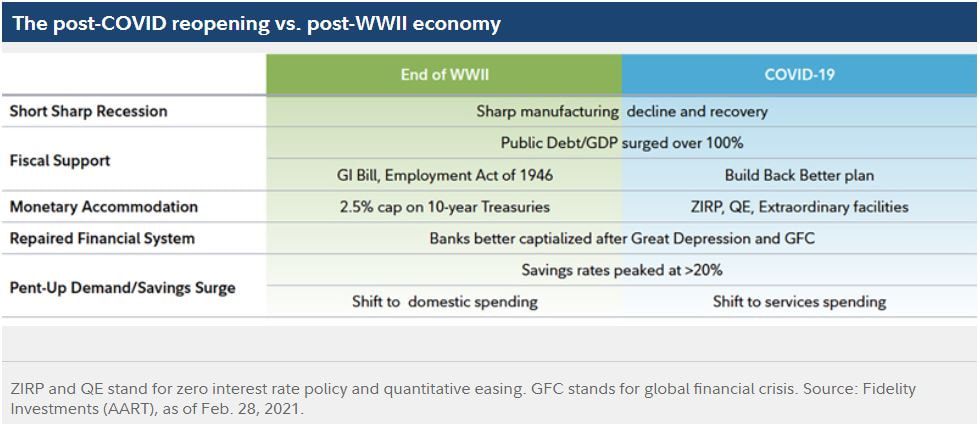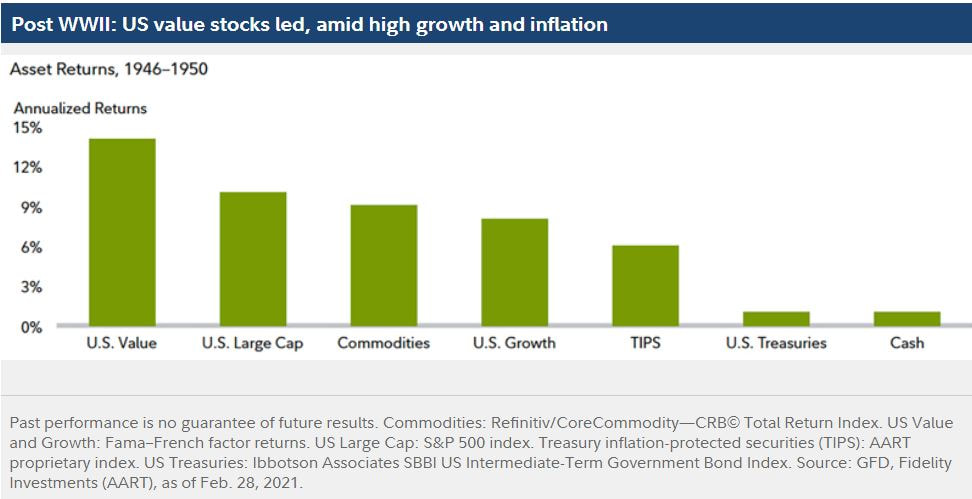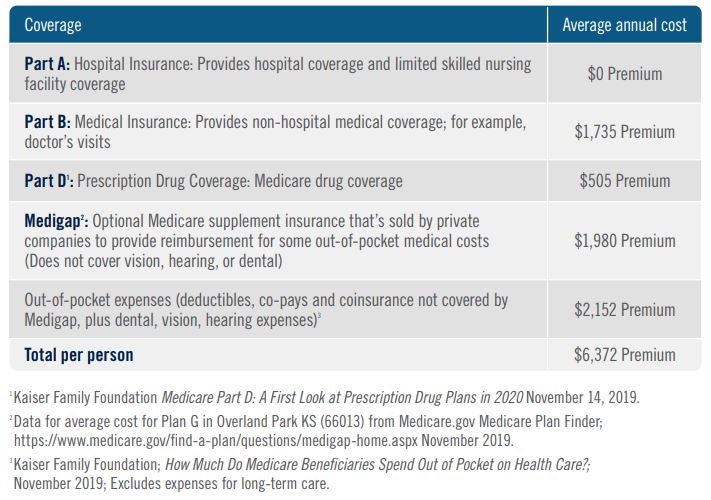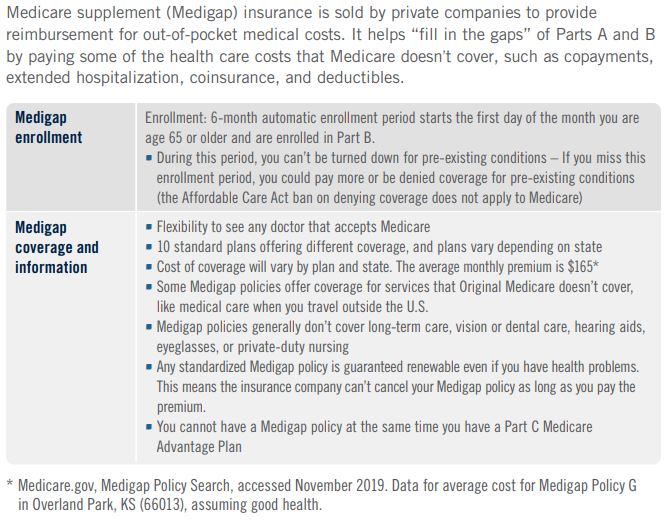The insurance industry expects the potential tax-law shift to mean more business for this type of policy.
If these tax changes become law, we will see lot more permanent life insurance, because it won’t be taxed when benefits are paid to a beneficiary. A lot of people are going to need cash on hand to pay taxes due if they owe capital gains upon an inherited brokerage account or estate taxes. If those are due, permanent life insurance is the best way to do that.
Permanent comes in two flavors. With the whole life variety, the invested portion grows at a guaranteed rate, and the premiums don’t change. With the universal life option, both the premiums and investment returns are variable. Whole accounts for a little over one-third of all life insurance policies sold, while universal comprises another third, according to LIMRA, a non-profit trade group.






 RSS Feed
RSS Feed
